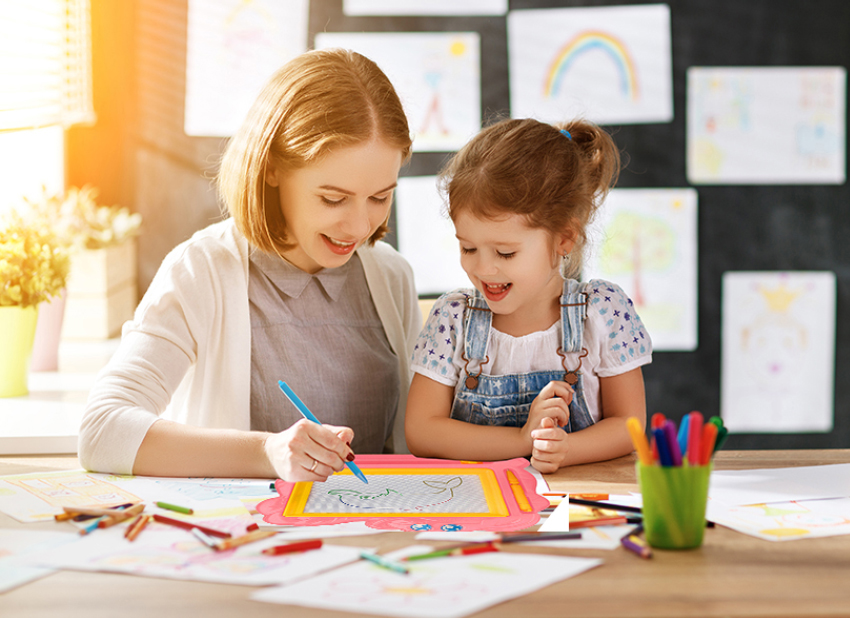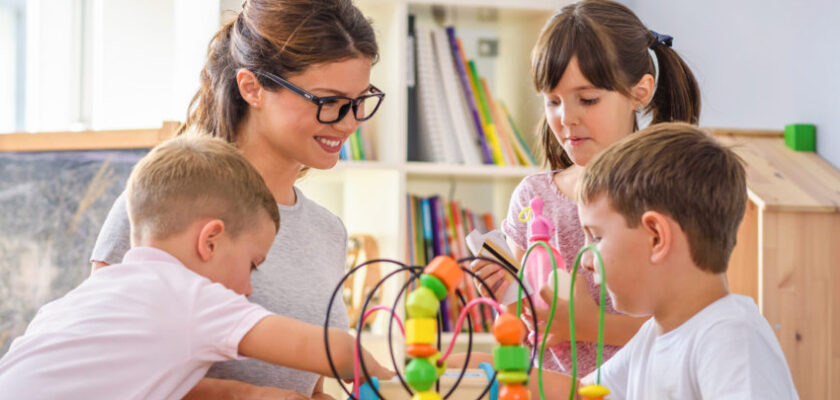Hands-on exercises are a cornerstone of effective education, igniting curiosity, enhancing retention, and accelerating learning through active engagement and experiential discovery. Surely, hands-on learning provides students with tangible experiences that deepen their understanding, foster critical thinking, and stimulate intellectual curiosity.
“We learn by doing.”
– cognitive psychologist Jerome Bruner
One of the primary benefits of hands-on exercises is their ability to make abstract concepts tangible and accessible to students. By engaging multiple senses and incorporating real-world applications, hands-on activities bridge the gap between theory and practice, allowing students to grasp complex concepts more readily. Educational theorist John Dewey emphasized the importance of experiential learning, stating that “Education is not preparation for life; education is life itself.” Hands-on exercises bring learning to life, enabling students to explore, experiment, and make meaningful connections between theory and practice.
Furthermore, hands-on exercises promote active engagement and participation, which are essential for optimal learning outcomes. As neuroscientist James Zull explains in his book “The Art of Changing the Brain,” active engagement stimulates the brain’s neuroplasticity, facilitating the formation of new neural connections and enhancing memory retention. Through hands-on activities, students become active participants in their own learning process, rather than passive recipients of information, leading to deeper understanding and long-term retention of knowledge.

Moreover, hands-on exercises foster a collaborative learning environment that encourages peer interaction, communication, and teamwork. Educational researcher Lev Vygotsky’s sociocultural theory emphasizes the importance of social interaction in cognitive development, stating that “Learning is a social process.” Hands-on activities provide opportunities for students to collaborate with their peers, share ideas, and solve problems together, fostering a sense of community and collective learning.
Additionally, hands-on exercises cater to diverse learning styles and preferences, allowing students to engage with content in ways that resonate with their individual strengths and interests. As educational psychologist Howard Gardner’s theory of multiple intelligences suggests, students possess different cognitive strengths and abilities. Hands-on activities accommodate visual, auditory, kinesthetic, and tactile learners, ensuring that all students have opportunities to succeed and excel.
In conclusion, hands-on exercises are powerful tools for accelerating learning and enhancing educational outcomes. By providing tangible experiences, promoting active engagement, fostering collaboration, and catering to diverse learning styles, hands-on activities empower students to become active participants in their own learning journey. As educator Maria Montessori once said, “The hands are the instruments of man’s intelligence.” Through hands-on learning, students not only acquire knowledge and skills but also develop a deeper appreciation for the joy of discovery and the boundless possibilities of learning.

